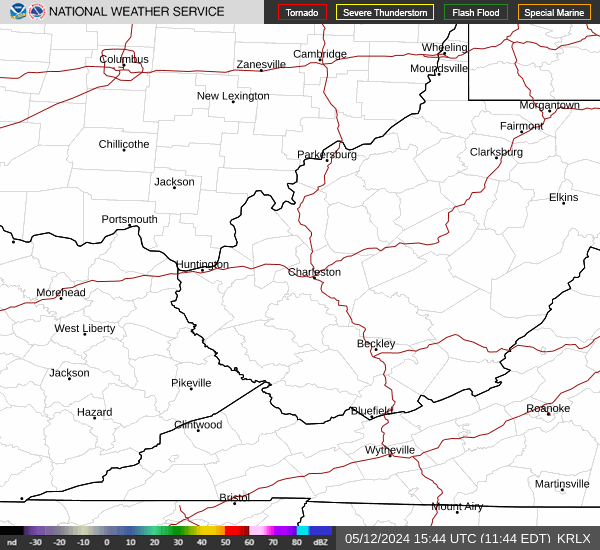Issued: 12am on Thursday, January 1st 1970
Technical Forecast Discussion
Short term (Wednesday 1/23 through Saturday 1/26)
A low pressure system begins to enter the region on Wednesday. The area will briefly be within the warm sector on Wednesday before the cold frontal boundary passes over Athens. This system will be pushed by an upper level trough with a shortwave trough embedded within it. Rain showers will be likely sometime Wednesday as precipitation forms ahead of the frontal boundary. Flooding is a possibility as rainfall will both add to and increase snow melt. With most soil near full saturation. runoff is likely to cause minor flooding especially near the valley. Moisture will still be available Thursday, so precipitation could continue depending on how much energy remains from the previous day. Reorganizing of the upper level trough allows for high pressure to form in the Plains and move in on Friday. On Saturday, localized low pressure pops up around upper level troughing as it becomes organized again leading to a possibility of precipitation on Saturday.
Long term (Sunday 1/27 through Tuesday 1/29)
On Sunday, a stationary system exists out in the Eastern Plains with another low pressure system to the North in the Ontario area. These two systems create widespread instability and lift all around the area and with the 700mb RH showing high values and the moisture looking relatively deeply layered all together, precipitation is likely to occur Sunday as a mixture of snow and rain. Nearing Monday, a jetstreak over the Central Plains interacts with the stationary front and begins to produce a low pressure system. As this system picks and and the upper level patterns morphs into a trough, a stationary frontal boundary will rest over Southern Ohio Monday that is likely to continue precipitation. Depending the exact positioning of the model will determine snow or rain as the main precipitation form. The system’s cold frontal boundary will pass over Tuesday. Rian and snow are likely until the later half of the day when cold, dry air moves behind the front.




